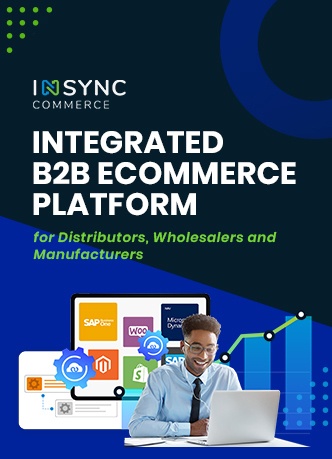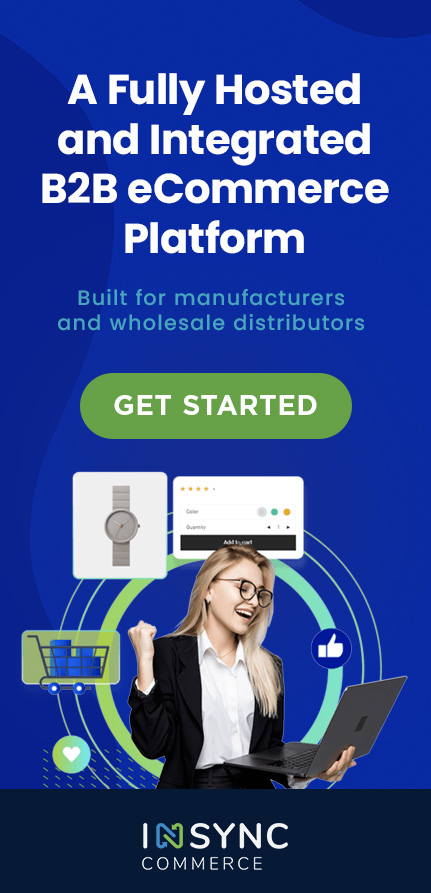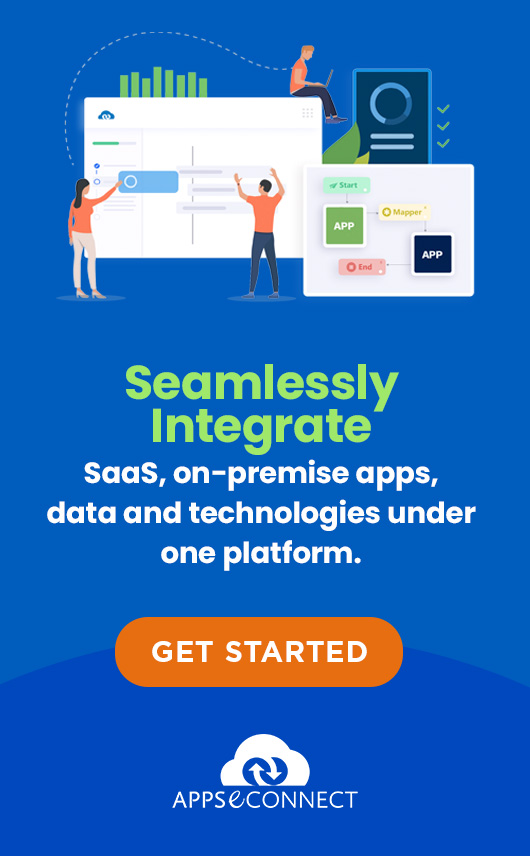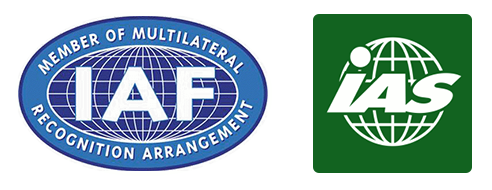An online retail business consists of many components, each of which must be continually fine-tuned and optimized to ensure long term success of the business. Note that I am talking about the business components and not architectural components when you build them. While technology components will closely follow these, that is not the goal of this article. We will get into technology later on.
Here is what a basic component layout for an online retail looks like:

Front End
Store Front: This is where customer lands when they are looking to research or purchase your goods. There are many storefront technologies available to create your self-hosted store (Magento, ZenCart, nopCommerce, etc.) or a cloud-based one (Martjack, Magento Go, BuildaBazaar, etc.). Important criteria here are: affordability, merchandising features (how well products can be presented, browsed, searched, etc.), supportability, payment gateway support, etc. This is the door to your store, so goal here is to get as many visitors to convert into buyer as possible and give them best shopping experience.
Customer Portal: This is where customer goes when they need to access their order history, ask a question, complaint about something, etc. This is integrated with the store front in terms of look and feel and access point. This is your customer support tool, and hence focus here will ensure that your customers stay happy and become repeat customers.
Admin Portal: This is the portal through which you the merchant will configure, manage and monitor your online store. It is important that this allows for multiple store managers, and provides safe ways to modify and test configuration. Monitoring the performance of your store (sales volume, inventory position, etc. ) is critical for the success of your store.
Middle Tier
Order Management: This is one of the most critical components of an online retail business. Order Management accepts the shopping cart from the store front and makes sure it is processed correctly so that the customer receives what they ordered. It interacts with payment system to ensure money is collected, interacts with fulfillment system to ensure item is delivered on time, inventory management to ensure item is in stock (or will be in stock in time). Most storefront technologies will provide an order management component which can be fine-tuned through customization.
Catalog and Content Management: An updated catalog and product descriptions ensures a successful merchandising – customers get complete information about what they can buy in an easy-to-use manner so that they can make their purchase decision. For example, when buying shoes, you can figure out whether the sole is hard or soft, it will be hard for you to decide on buying it, and you will leave the store. While most store front technologies offer a solution, this is an area that requires investment in order to differentiate and succeed.
Fulfillment: Fulfillment is the order completion process which makes sure customer receives what they bought. Most of the time, it will be responsible for smooth delivery of physical goods, but depending on your discounting and promotions strategy (and other needs), a purchase might require a digital fulfillment (a coupon code for ‘10% off next time you shop’).
Back End
Customer Management: Customers can purchase either as a guest (if the store allows it) or as a registered user. Lifecycle of a customer and an order post-purchase is managed via customer management component. There are various Customer Relationship Management systems available that aid in the process (Zoho CRM, SugarCRM, etc.), but they need to be tightly integrated with other parts of the process to offer a great customer experience. Customer Management is key to customer retention and generating repeat customers.
Analytics and Reporting: These are required to provide performance monitoring of your store via admin portal. These tools allow continuous collection and analysis of data and offer insights and trends of sales in your store. Google Analytics is the default analytics engine, but there are other analytics tools that are required to get a complete picture of your online store performance (read Web Analytics). It is by far the most important set of tools you need to succeed in online retail space.
Financial Management: This is often-ignored area, primarily because it doesn’t seem an issue when volume is small, and when volume goes up, usually throwing bodies at it seems to work. There are many sub-areas under this: cash reconciliation (making sure what you thought you got from the customer actually reached your bank account, minus fees), revenue management (making sure your accounting system, whether Tally or SAP, is in sync for revenue generated with each transaction), Tax management (know exactly how much you owe to the govt., and how much govt. owes you). Doing this at scale through people is an extremely hard problem. A robust financial management is key to the survivability to the company.
Inventory Management: This is about managing your inventory levels on a continuous basis so that you don’t lose a customer because product is ‘out of stock’, or alienate a customer by shipping late or not shipping because item couldn’t be procured in time. This becomes especially tricky when online is just one of many channels you sell your goods through (which is the case with most of the online retail stores today) because inventory position needs to be synced across these channels.
Shipment: This is about integrating with shipping companies you work with to deliver the goods on time. This is not only about timely shipment though, accurate status updates about the shipment goes a long way towards creating customer confidence in your site, so it is important to manage this closely.
Warehouse Management: For small setup, a warehouse could be as simple as your basement or a room in your house, but warehouse management is still important. This involves managing the entry and exit of goods – when suppliers send the goods (or take them away), shippers pick the goods (or return them), breakage in storage, etc. Failure to manage this properly can result in incorrect inventory positions and create problems for customers.
Data Store
Data store is a technology and architecture topic. I mention it here only to highlight the fact that all these components mentioned above generate lots of data which must be captured and stored in a way that they can be easily accessible for further analysis. Reporting and Analytics component consumes this data to provide business insights and sales trends that are useful to grow the business.
Please let us know if you think we missed a component or two. Goal of this article was to introduce the components that we will dive into in forthcoming articles. We will explore the strategies and execution steps that make an online store successful in those articles.










